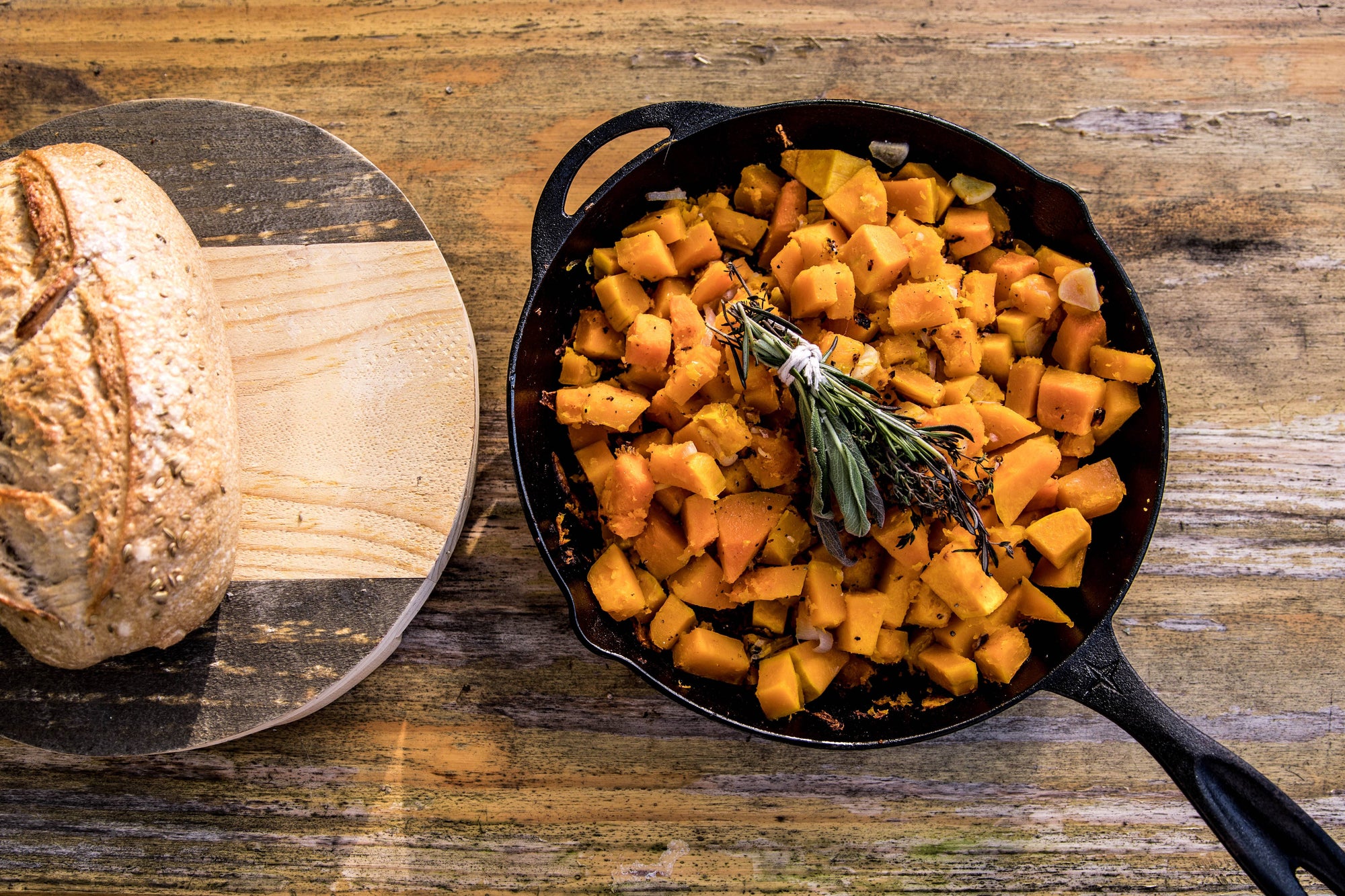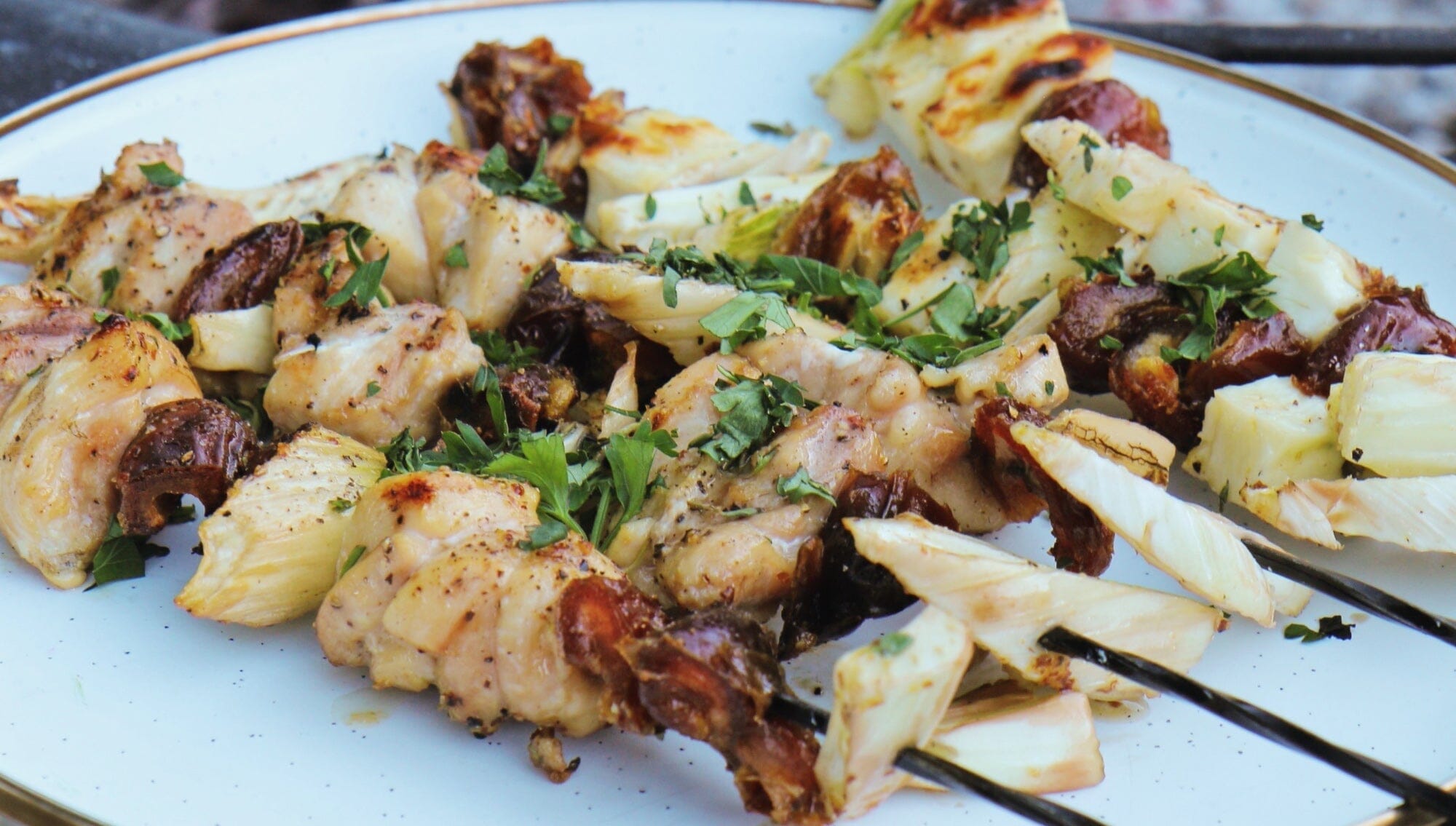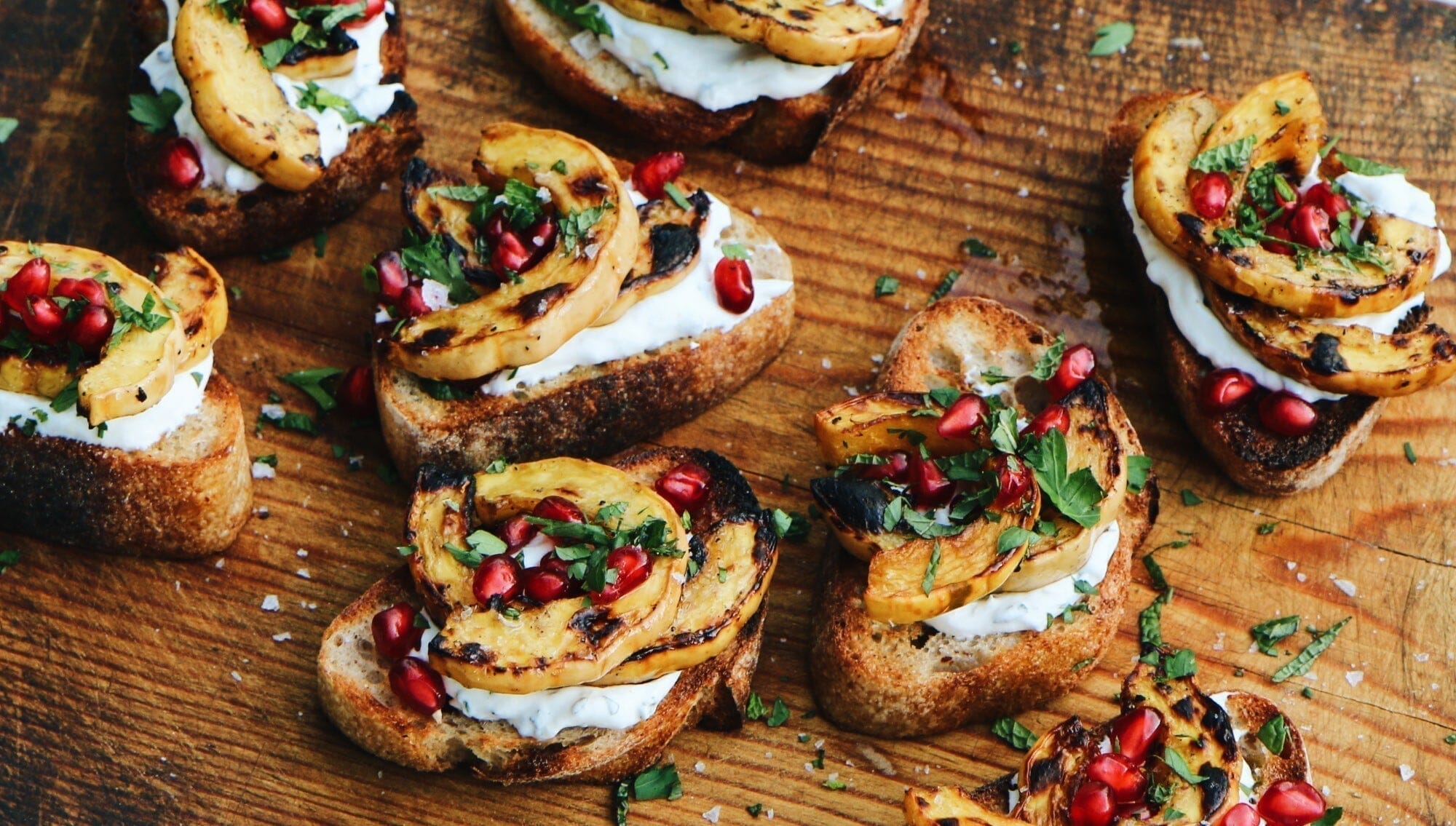
1. What does an apple crisp, a perfectly seared steak, and crunchy roasted potatoes have in common? Besides nostalgia, each of these beloved staples can be easily prepared (and honestly, taste the absolute best) in a cast iron pan.
Whether your penchant is baking Grandma’s favorites or searching for the perfect sear, a cast iron skillet is a time-honored kitchen staple that produces excellent results. But what attributes of cast iron make it a generational favorite - and how do you cook with a cast iron pan?
When it comes to chasing that satisfying sizzle, cast iron is designed to please. The cast iron skillet can tolerate extremely high heat (unlike popular non-stick pots and pans), and retain that heat when faced with temperature changes (like a cold steak). Cast iron cookware is excellent both on the stovetop and in the oven, and even produces the perfect crisp underneath the broiler. And no matter what you prefer to cook with, there’s a cast iron version: create the perfect stir fry with a cast iron wok, or get your barbecue fix in the dead of winter with a cast iron grill pan.
But of course, there’s a multitude of kitchen options available - so how do you know whether cast iron is the best choice for you?

2. Cast Iron vs. Stainless Steel vs. Enamel
Cast iron is a well-loved classic, to be sure, but it’s not without competition. Stainless steel and enameled cast iron cookware are both popular and relatively non-toxic (when compared to non-stick Teflon cookware) and offer pros and cons of their own. So, where does cast iron fall in the lineup?
Enamelware is crafted of a base of hard, resilient metal like iron or steel. On top of this base is a coating of porcelain, ensuring longevity and easy cleaning. Enamelware weighs less than pure cast iron while boasting similar durability. However, it comes without a non-stick coating, unlike a traditional cast iron pan; over time, a cast iron pan develops a natural non-stick coating as the oils that coat it harden onto the metal.
A stainless steel pan is noticeably lighter and slimmer than your trusty cast iron skillet, heating up quicker and more evenly when presented to a hot burner - but the slim construction works the opposite way as well, cooling off more quickly when removed from the stovetop.
A cast iron pan or skillet takes longer to heat completely, it’s true - but its heat retention is second to none. It’s the perfect choice for a multi-component meal, keeping the food inside warm while you complete the rest of the cooking.

3. Cooking with Cast Iron on your Electric Stovetop
Cooking on an electric stove becomes even easier with cast iron. Though electric stovetops take an extra few minutes to fully heat up, those coils get hot (as you know if you’ve experienced a burn or two over the years). Due to a cast iron skillet’s incredible heat retention, less heat is needed from your stovetop to accomplish your cooking. Once your cast iron skillet is heated through, you can reduce heat to medium - and you could even reduce the heat again to low once you’ve added your food and begun the cooking process. Extraordinary heat from your burner + extraordinary heat conduction from your cast-iron = more heat than is necessary to complete most cooking, so do yourself a favor and turn that burner down.

4. Cooking with Cast Iron on a Gas Stovetop
A gas stovetop will begin heating your cast iron pan the instant the flame ignites, meaning you don’t have to wait for the heating element to reach its peak temperature as you do with an electric stovetop. Plus, the grates present on a gas stovetop act as a barrier between the flame and the bottom of your pan, keeping any debris or oil from scratching or staining your stovetop. Ultimately, gas stovetops work exceptionally well with cast iron cookware of any type, and allow you to cook confidently without any fear of wear-and-tear.

5. Cooking with Cast Iron on a Glass Stovetop
Contrary to popular assumption, cooking with cast iron on a glass stovetop is eminently doable and requires nothing more than a little common sense. Avoid dragging or jiggling your cast iron pan while it’s sitting on a glass stovetop, and set it down gently to avoid any damage to your stovetop. Additionally, give both your stovetop and your skillet a little extra time to acclimate to heat before adding your cooking fat and then your food.
If your glass stovetop happens to be induction, you’re in luck: cast iron pans work wonderfully with induction stovetops. Magnetic energy does heat a bit quicker than you may be used to, so it’s recommended to preheat your cast iron pan on low before cooking at a higher heat.

6. Outdoor Cooking with Cast Iron
If you’re embarking on an adventure and plan to cook with cast iron over an open fire, we’ve gathered thorough step-by-step instructions that take you from building your fire to basic tips for cooking outdoors. Once you’ve mastered the basics, learn different ways to use The AIO Cast Iron Grill or Cowboy Fire Pit Grill. Or, explore the blog to find our most-loved cast iron recipes for every season.

7. Cast Iron for All Seasons of Life
Cast iron pans are superbly useable with a little practice, and they hold up well throughout daily stovetop cooking or an off-road excursion. Best of all, they require minimal care and cleaning - a welcome relief from the typical hot-water-and-dish-soap routine that dinner often necessitates. Versatile, timeless, and nontoxic, we believe that cast iron is the perfect choice for meals of all types.


